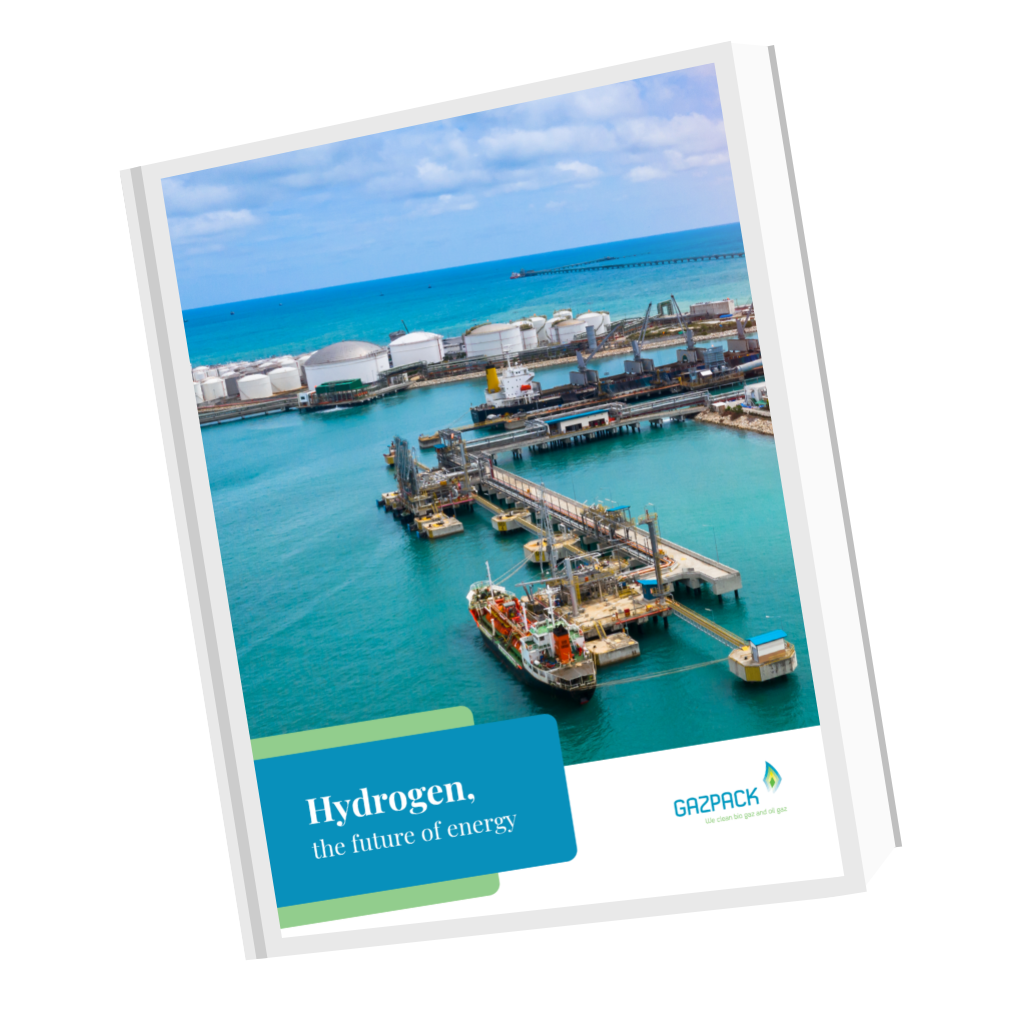Sour gas
Looking to explore the world of biogas processing and handling solutions? Get instant access to our documents about biogas technology.
The cleanest burning of the fossil fuels, natural gas goes a long way toward making the United States energy independent. Beyond that, it is safer and more storage-friendly. It is more reliable in inclement weather than electricity and it is extremely cost-effective. All that said, it does not come from its deposits ready for use. Most often, natural gas is infected by “sour gas” that inhibits transport and usage. Sour gas is usually present as carbon dioxide (CO2) and hydrogen sulfide (H2S). For natural gas to be practical, these sour components must be largely removed before distribution and use.
What Makes Gas Sour?
As described, natural gas does not form in its rocky deposits without company. H2S — also called swamp gas, manure gas and sewer gas — is highly flammable and lethally poisonous. Like natural gas itself, H2S forms over the millennia out of decaying plant and animal matter that have been subject to extraordinary heat and pressure. CO2 prevents natural gas from burning efficiently and safely. The two are also called acid gases. Just as acid can make fruit sour, it likewise brings the same result to natural gas. Once sour natural gas is collected, removal of these compounds must be the first order of business.
What Damage Do These Gases Do?
Carbon dioxide diminishes the heating value of the natural gas. Heating value is a term that refers to the amount of heat yielded when a substance undergoes combustion. The long and short of it means you will have to use more of it compared to gas of a higher value. Hydrogen sulfide makes unique problems all its own. In addition to easy flammability, H2S is a toxic gas that can burn the skin, cause conjunctivitis in eyes and bring about sudden unconsciousness. Moreover, this very corrosive acid gas will eat away at the conduits through which it travels, making long-distance transport impossible. Needless to say, its removal is absolutely necessary.
Are These Sour Compounds Found in Other Fuel Sources?
These substances are also present in crude oil and coal deposits. For the same reason that natural gas requires it, petroleum must first be purged of its H2S before global and continental shipments of this market commodity can take place. The U.S. Federal Energy Regulatory Commission (FERC) has in recent years supported the rejection of any crude that contains more than five parts per million of H2S. Coal deposits also host hydrogen sulfide. The ubiquitous presence in mine shafts and elsewhere makes employment in such venues hazardous without rigorous safety protocols. Mines dug through sedimentary rock have higher concentrations. Other influencers are coal seam pores and groundwater activity.
How Can Harmful Gases Be Mitigated?
Given the harm acid gas can cause, it should be treated relatively close to the point of its source. From the collection location, the gas can travel through conduits supplemented with corrosion inhibitor. This gathering system of pipelines is for the movement from the well to a sour gas processing facility. Amines, or alkylamines, are ammonia derivatives to which the H2S has a particular attachment. They absorb the hydrogen sulfide before the natural gas passes on to further refinement. This, of course, begs the question: what is done with the hydrogen sulfide after it is removed from natural gas or, for that matter, oil and coal.
Is Acid Gas Pure Evil? Or Is It Usable?
Having surveyed the toxicity and corrosiveness of H2S, it is hard for anyone to imagine that it can in any way have a positive application. If, though, there is a significant amount of sulfur evident in the sour gas treatment, further refinement may be worth the effort. Acid gas is heavier than oxygen. ONI sour gas (i.e. oxygen not included) is heavier because it also contains CO2. If too much carbon dioxide is present in the acid gas after the amines treatment, it makes sulfur capture harder. When this is the case, the ONI sour gas remainder is injected into a pre-designated underground location. This protects the atmosphere from these detrimental compounds.
In Summary
The capture of acid gas makes fuel sources like natural gas and petroleum accessible and functional. While sour gas service is primarily directed at refining these important sources of energy, it can also lead to create value for even the acidic gases it aims to remove. Sulfur, for example, is an important element that this process can recover.




